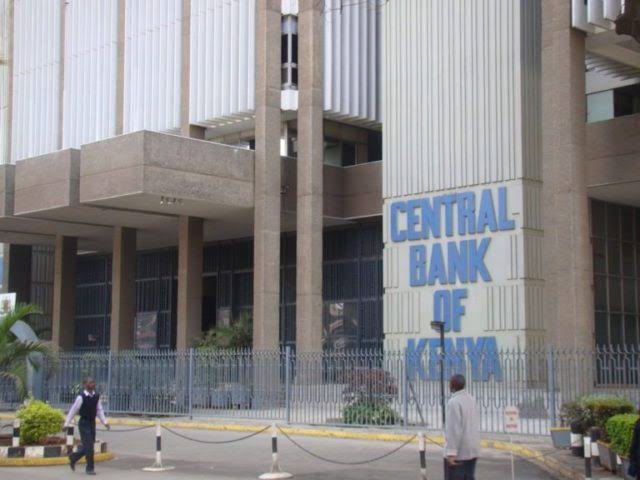Lending Rate in Kenya Now 8.5%, Down From 9%, First Ever In A Year
Kenya ’s central bank is increasingly encouraging borrowing for Kenyan businesses. The bank’s Monetary Policy Committee has further announced a lowering of the Central Bank lending Rate (CBR) from 9.0 percent to 8.50 percent. The bank in a statement said it took the decision noting that inflation expectations remained within target range and there was room for accommodative monetary policy to support economic activity. The bank also noted that the economy was operating below its potential.

Here Is All You Need To Know
- In October, inflation stood at 4.9 percent compared to 3.8 percent in September. The bank said it expected overall inflation in November to remain within range owing to lower food and electricity prices.
- The Central Bank of Kenya (CBK) said real Gross Domestic Product (GDP) grew by 5.6 percent in the first half of the year and the economy remained strong despite a slowdown in agricultural production due to delayed and below average rainfall.
- However, the bank added that the Kenyan economy could experience stronger growth in the second half of the year based on leading indicators supported by a number of factors.
- The committee also welcomed the repeal of the capping of interest rate which it said led to a notable restriction of credit especially to the financially vulnerable.
- The committee said the change should reinstate transparency of monetary policy decisions and bolster transmission of monetary policy.
- The committee said it was prepared to take any extra measures as it continued to monitor economic developments locally and globally.
Read also: Central Bank of Kenya Says Kenyans Abroad Must Bring Back Sh1,000 Notes
In October inflation rose to 4.95 percent from 3.83 percent, mainly due to temporary rise in maize grain and sifted flour while non-food inflation remains below 5 percent, “indicative of muted demand pressures and limited spillover effects of the excise tax indexation in July,” CBK said.
It added another adjustment in excise taxes in November are expected to have only a marginal impact on inflation, which is expected to remain within the target range in the near term.
Read also:Only 2% Of Kenya’s Workforce Earns $1000 Per Month
Kenya’s shilling, which has been more stable in recent years after plunging in 2015, fell in the first part of the year but since early October it has bounced back.
Following the rate cut, the shilling dropped 0.45 percent to trade at 102.06 to the U.S. dollar, up 1.7 percent since October 1 but marginally down since the start of this year.
“The foreign exchange market has remained stable, supported by the narrowing current account deficit and increased portfolio and other investment inflows,” CBK said, adding the current account deficit had narrowed to 4.1 percent of gross domestic product in the 12 months to September from 5.1 percent in September 2018 and is expected to narrow to 4.3 percent of GDP in 2019 from 5.0 percent in 2018.
Charles Rapulu Udoh

Charles Rapulu Udoh is a Lagos-based Lawyer with special focus on Business Law, Intellectual Property Rights, Entertainment and Technology Law. He is also an award-winning writer. Working for notable organizations so far has exposed him to some of industry best practices in business, finance strategies, law, dispute resolution, and data analytics both in Nigeria and across the world

